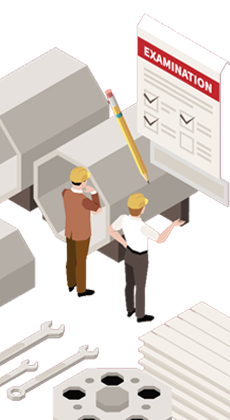Schedule a Call Back
How AI Enhances Aftermarket Part Planning for Manufacturers
 Articles
Articles- Jul 26,25

Related Stories

Predictive Maintenance: How AI is Reducing Unplanned Downtime in Manufacturing
Predictive maintenance is no longer a luxury—it’s a necessity. By integrating AI with IoT, digital twins, and edge computing, manufacturers can proactively address equipment issues, maximise upt..
Read more
ARC’s 23rd India Forum: Winning in the Industrial AI Era
ARC’s 23rd India Forum, Winning in the Industrial AI Era, G Ganapathiraman, ARC Advisory Group, Industrial AI, Smart Manufacturing, Digital Transformation, AI in Industry 4.0, Predictive Maintenan..
Read more
How AI Enhances Aftermarket Part Planning for Manufacturers
As AI continues to transform the manufacturing landscape, it is also revolutionizing the aftermarket part planning segment. In this article, Emily Newton explores how AI is helping manufacturers enh..
Read moreRelated Products
Tata Motors unveils facilities for development of Hydrogen propulsion tech
Tata Motors, India?s largest automobile company, unveiled two state-of-the-art & new-age R&D facilities for meeting its mission of offering sustainable mobility solutions. The unveilings constitute of Read more
Tata Motors plans petrol powertrain for Harrier and Safari SUVs
Tata Motors is in the process of developing a new petrol powertrain for its premium sports utility vehicles, the Harrier and Safari, as confirmed by a senior company official. Currently, these models Read more

Electric Vehicle Charger
RRT Electro is engaged in manufacturing of customized Power Electronic Products over two decades having capability to Design, Develop, Prototyping, Regulatory Compliance testing & Certification, Manuf Read more


















